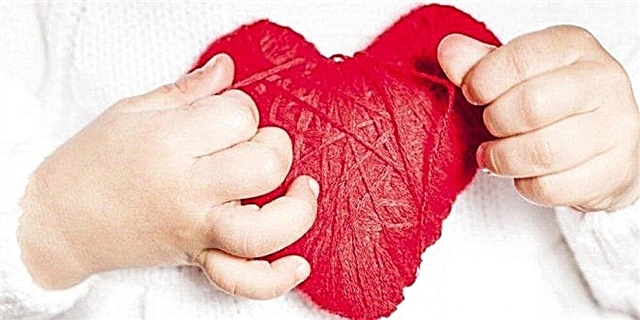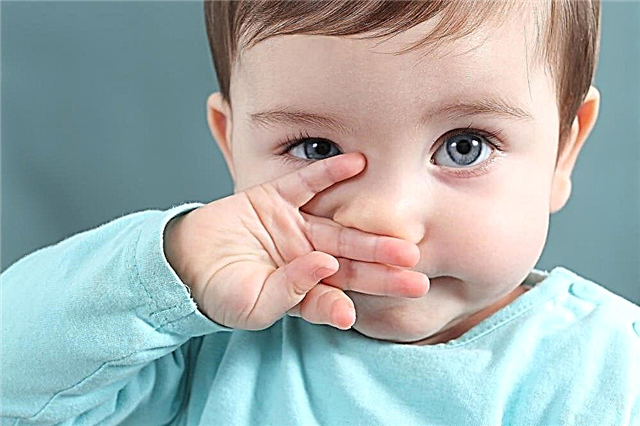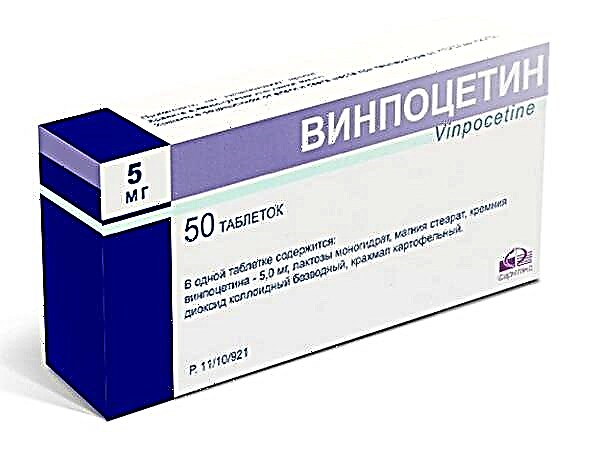
For a long time it was believed that such an intimate problem of girls as synechiae is caused exclusively by improper or insufficient hygiene. Today, even residents of remote villages and villages do not have any problems with carrying out hygiene procedures, and fusion of the labia is still diagnosed from time to time. What should parents do if their daughter has synechiae, says the famous pediatrician Yevgeny Komarovsky.

What it is
Synechiae in girls is a cosmetic defect in an intimate place, in which there is a fusion of the labia in a certain fragment, more often in the lower third, or along the entire length. Not only the labia minora can connect, but also the large ones, in some cases the labia minora are connected to the large ones. Sometimes only the vagina is closed, and sometimes, with complete fusion, it is not possible to see even the opening of the urethra.

In the process of fusion, the child does not experience any pain, itching or other unpleasant sensations, and therefore it is rather difficult for even attentive parents to understand exactly when this process began. Usually, the diagnosis is already faced by a fait accompli, when a pediatric gynecologist begins to talk about synechia after examining a child. As a rule, this happens when applying for a kindergarten or school.
According to Evgeny Komarovsky, 1-3% of all girls have this problem. These are only official data, which exist mainly on paper. In practice, according to the doctor, the percentage of such babies in a single clinic may approach 35-40%. This is due to the way a particular doctor treats the signs of synechia: if you try very hard, then fusion to one degree or another can be found in almost every baby under the age of two.
Thus, says Dr. Komarovsky, girls' synechiae should not be considered a disease. Rather, it is a physiological feature of early childhood, and there is nothing wrong with this diagnosis. This does not apply to cases where the fusion is so extensive that the outflow of urine is impaired and difficult. This can lead to severe gynecological inflammation. In general, Komarovsky is sure that synechiae in early childhood do not have any effect on future reproductive function.

Causes
The reasons for the appearance of synechia in modern medicine are not yet fully clear, although many specialized reference books indicate a certain connection between the inflammatory process in the external reproductive organs and the subsequent fusion of the labia. So, bacterial inflammation, an allergic reaction can become a trigger for splicing.
Some gynecologists note that synechiae are more often formed in babies, whom caring parents wash with soap several times a day. With such hygienic procedures, the delicate skin of the labia is injured, and these microtraumas, while healing, lead to adhesion.


The synthetic clothes worn by the girl, too, according to doctors, can lead to formations of synechia. An important role is also played by what kind of washing powder the mother washes the child's linen - if it contains aggressive substances, synechiae can be a consequence of chronic inflammation, which the daughter's genitals have been exposed to for a long time due to chemical irritation.

One of the most convincing reasons for synechia, today, is considered to be a low level of the female sex hormone estrogen in girls in the first years of life, and this is the norm. Newborn babies rarely suffer from fusion of the labia, since they have a sufficient supply of maternal sex hormones, but by six months the risks of synechiae grow.

Symptoms
The only, but quite obvious symptom of synechia is a thin translucent film that connects the fused labia. Any doctor and almost all parents can see it if they look closely. No analyzes and additional studies are needed to make a diagnosis.
If vulvitis or vulvovaginitis is added to the fusion, then redness will certainly be noticeable, discharge with an unpleasant odor may appear, the girl will begin to complain of itching in the genital area.

Treatment
If the child does not complain about anything, if he is not worried about pain, itching, there are no problems with urination, you can not think too much about treatment, says Evgeny Komarovsky. The degree of adhesion must be monitored from time to time by visiting a gynecologist. There is no need to "rush" into surgery, because by the beginning of puberty, after 7 years, the girl will begin to produce female sex hormones (estrogens), and under their influence the labia will become more elastic, and the problem with adhesion will be solved by itself. This outcome occurs in about 80% of girls.
The rest in adolescence will be prescribed medication - an ointment containing estrogen ("Ovestin"), which will need to be applied in a course for several weeks. Gradually, the medicinal cream is replaced with any neutral one that does not contain perfume additives and dyes. It is used after bathing.

The standard treatment regimen looks like this:
- the first 2 weeks "Ovestin" is applied twice a day;
- for the next 2 weeks, the ointment is rubbed in once a day, for the second treatment, a regular baby cream is used;
- in the future, "Ovestin" is canceled, only baby cream or other neutral cream is left, provided that the synechiae are divided.
Rub the drug in a strictly defined way: only with a finger, and not with cotton or sticks, and only on the seam area, avoiding contact with neighboring areas. You need to apply the ointment with a little pressure, but at the same time make sure that the child is not in pain. Pressure is no less important than Ovestin himself.
Such actions are usually not observed when using ointments and creams with estrogen, only a small number of young patients may experience a slight swelling of the labia. With further use, it disappears.


Such synechiae, which are accompanied by problems with urination, unhealthy vaginal discharge, and pain, should be treated immediately. Parents should remember well that even in such situations, no one forces them to immediately take the child to the surgeon. First, therapy with the use of special estrogen-containing ointments is necessary, and only if it is ineffective, the child will be shown mechanical separation of the fused labia.
Yevgeny Komarovsky urges mothers not to agree to the mechanical separation of synechiae manually - this is what pediatric gynecologists often suggest doing. If your doctor is one of them, it is better to find another doctor who knows that it is better to use tools, not fingers for separation in the 21st century, and that the girl should be sure to anesthetize her labia first.
After a properly performed procedure, Dr. Komarovsky recommends that you definitely undergo a course of using estrogen ointment in order to avoid re-adhesion. According to medical statistics, the likelihood of a relapse after the operation to separate the labia is about 30%.
Recommendations
To avoid re-fusion, or to prevent primary synechiae, the girl's parents should remember that:
- you need to wash the baby under running water from front to back, and not vice versa;
- baby soap should be used no more than once a day, with this it is important to ensure that it does not fall on the mucous membranes of the labia and in the vagina;
- baby linen and bedding should be washed exclusively with baby powder, after washing, it is best to arrange an additional rinse with water, which was previously boiled and thereby "rid" of chlorine;
- after water procedures, as well as swimming in the river, in the sea or in the pool, the girl must wear dry, clean underwear, panties without fail;
- to a baby who has not yet learned to potty, you need to change disposable diapers more often, make sure that there is no contact with feces and prolonged contact with urine;
- panties should be bought exclusively cotton, white, without textile dyes.
Dr. Komarovsky will tell you more about synechia in girls in the next video.



